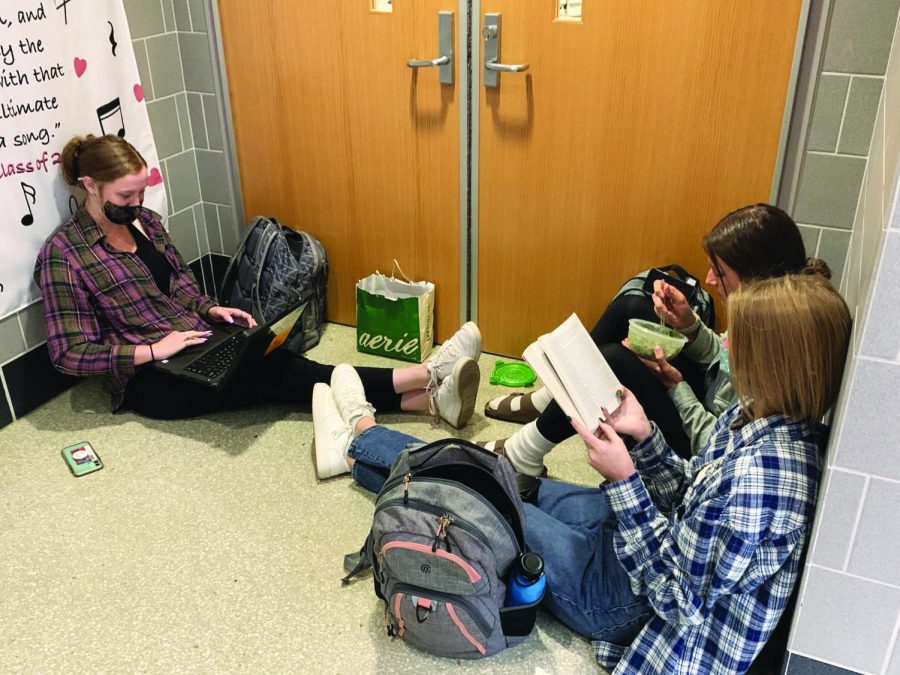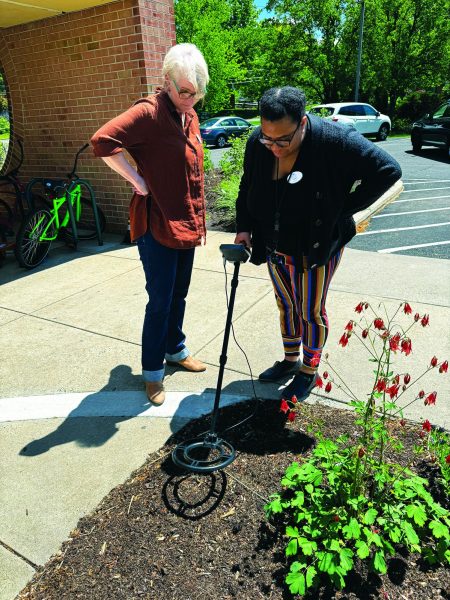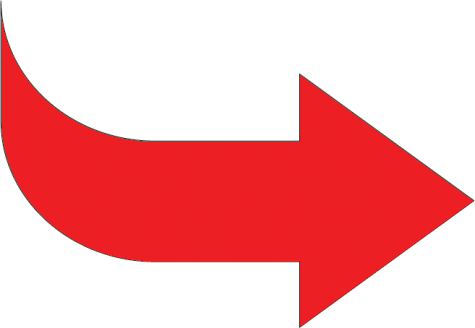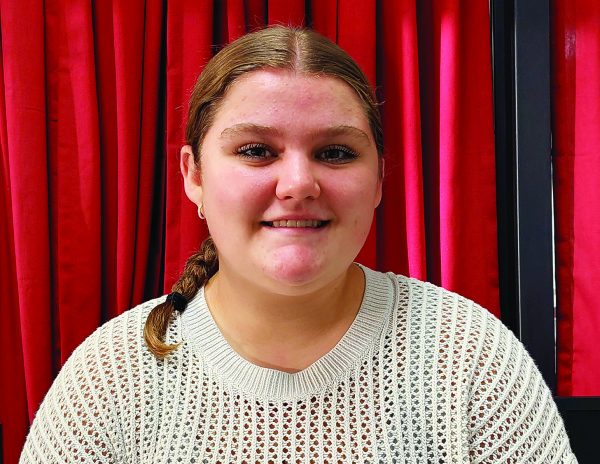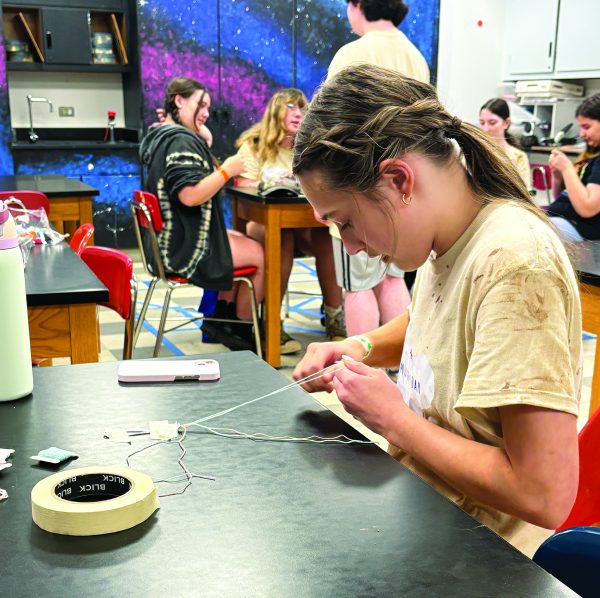Future of Lunch and Learn lies in students’ hands
After a second Lunch and Learn pilot, the administration must decide whether the high school will be implementing this new lunch schedule next year. The pilot lasted October 18-29.
Arrowhead photo by Miranda Razzi
Kick back…Using their Lunch and Learn time productively, (from left) seniors Kate Taipale, Caitlin Renner and Carolyn Mowery study and eat lunch together. The girls enjoyed some “relaxation time.”
After a two-year pause due to the COVID-19 pandemic, the Lunch and Learn pilot program returned to the high school October 18-29 with mixed results.
This change, introduced prior to the pandemic, would shift the high school’s lunch schedule to be an hour break in the middle of the day, in between second and third block, instead of having four lunches spaced out during third block.
The idea for this alternative schedule was brought to the administration’s attention by guidance counselor Thomas Overberger and assistant principal Josh Klimovich.
“Several years ago, [Overberger] and [Klimovich] went to a scheduling workshop, looking for innovative ideas, and they came up with this,” Principal Sam Varano said.
The trial run of this schedule has received positive feedback from the student body. According to senior Meredith Leiss, Lunch and Learn provides extra time for studying. “Lunch and Learn is a great idea, especially for those of us who are taking a lot of APs and have no free time,” Leiss said.
The extra time was also useful for students in extracurriculars.
Jazz Combo Club President Nick Mancini found the extra time during the day to be useful.
“The Combo Club got to use the extra time to practice for the jazz concert,” Mancini said. “We have a lot of kids who do other stuff after school, so it was really nice to have the extra time to be able to meet as a club and play together.”
While most of the high school’s students spent this time productively, there was a “small fraction” of students who did not. Varano said that the schedule could work for Souderton, but these individuals may prohibit that from happening. “We have the kind of school community that could do this,” Varano said. “[However,] unless things, meaning a small fraction of students’ behavior [improve,] we cannot do it.”
Students believe that these improvements are capable of being made, as long as people “do their part” and are “held accountable.”
“When I walked through the hallways during that period of time, I would have to pick up other people’s trash, even though they should be mature enough to do it themselves,” junior Roman Craig said.
Craig and their classmates want to see Lunch and Learn implemented full-time.
According to junior Reagan Lisius, it should be easy for students to pitch in to allow this change to be made. “It’s not that hard to throw out your trash,” Lisius said.
In addition to student behavior, the other major issue that the high school is facing is a lack of resources in the cafeteria.
Unlike the pilot that took place two years ago, there was no possibility for food carts in the hallway and an absence of enough staff to serve everyone at once.
“The other thing that’s challenging for us right now is the challenge that Food Services is facing, with the lack of staff and supply chain [issues,]” Varano said. “It’s not a great situation for them to be able to be flexible.”
Currently, the administration is working to develop the next step in their plan for Lunch and Learn. Varano sees the recent pilot as something to learn from and to use as a reference for future plans.
“I believe in the change mentality of ready, fire, aim, meaning, you have an idea, you try it, and then you figure it out. That’s the aim part,” Varano said. “That’s what we’re doing now. We’re aiming.”
While in the “aiming” phase, Varano says that the way that students can influence the decision of whether or not Souderton makes this change is through “positive peer pressure,” meaning that they can encourage each other to improve overall behavior.
Leiss is inclined to agree with this sentiment, hoping that those who have misbehaved can change their behavior as, during the fall Keystone testing day schedule, the administration gives the student body another opportunity to show they can handle Lunch and Learn.
“[Some students] ruined it for everyone and I think that they need to realize the extent to which [their behavior] burdened us,” Leiss said. “This is a group effort.”

